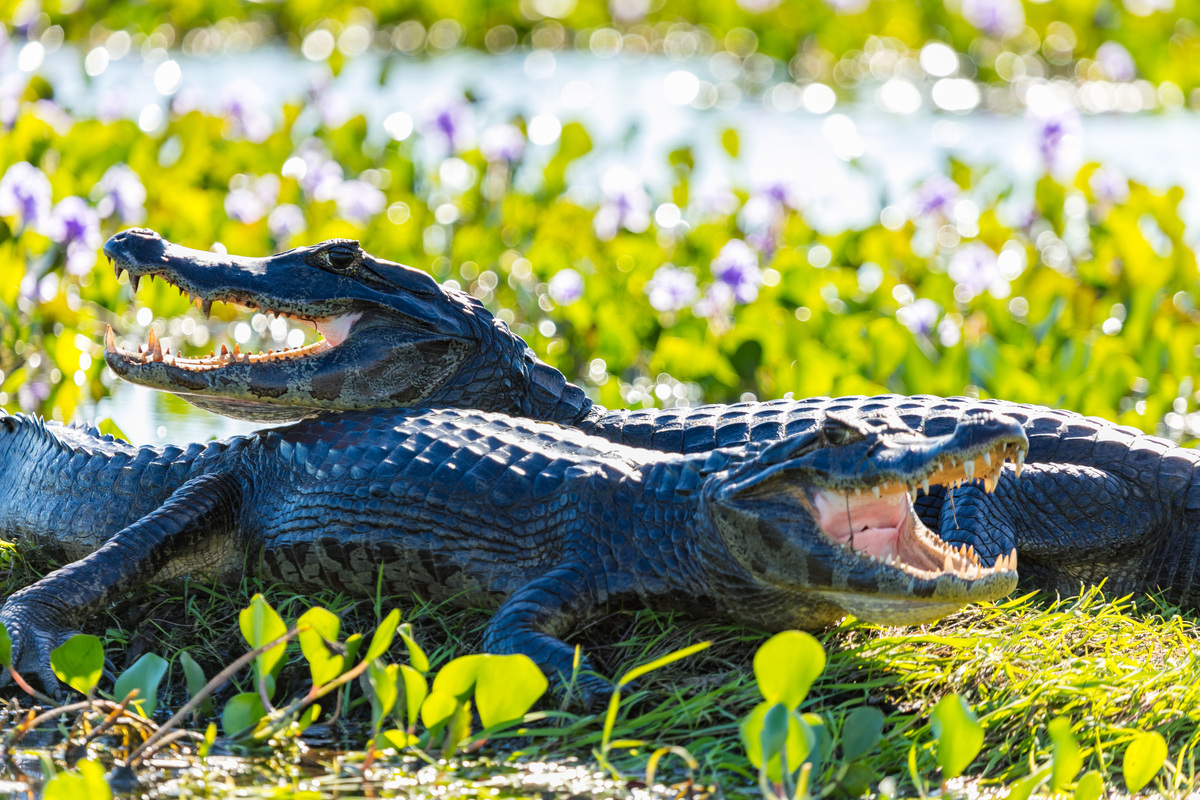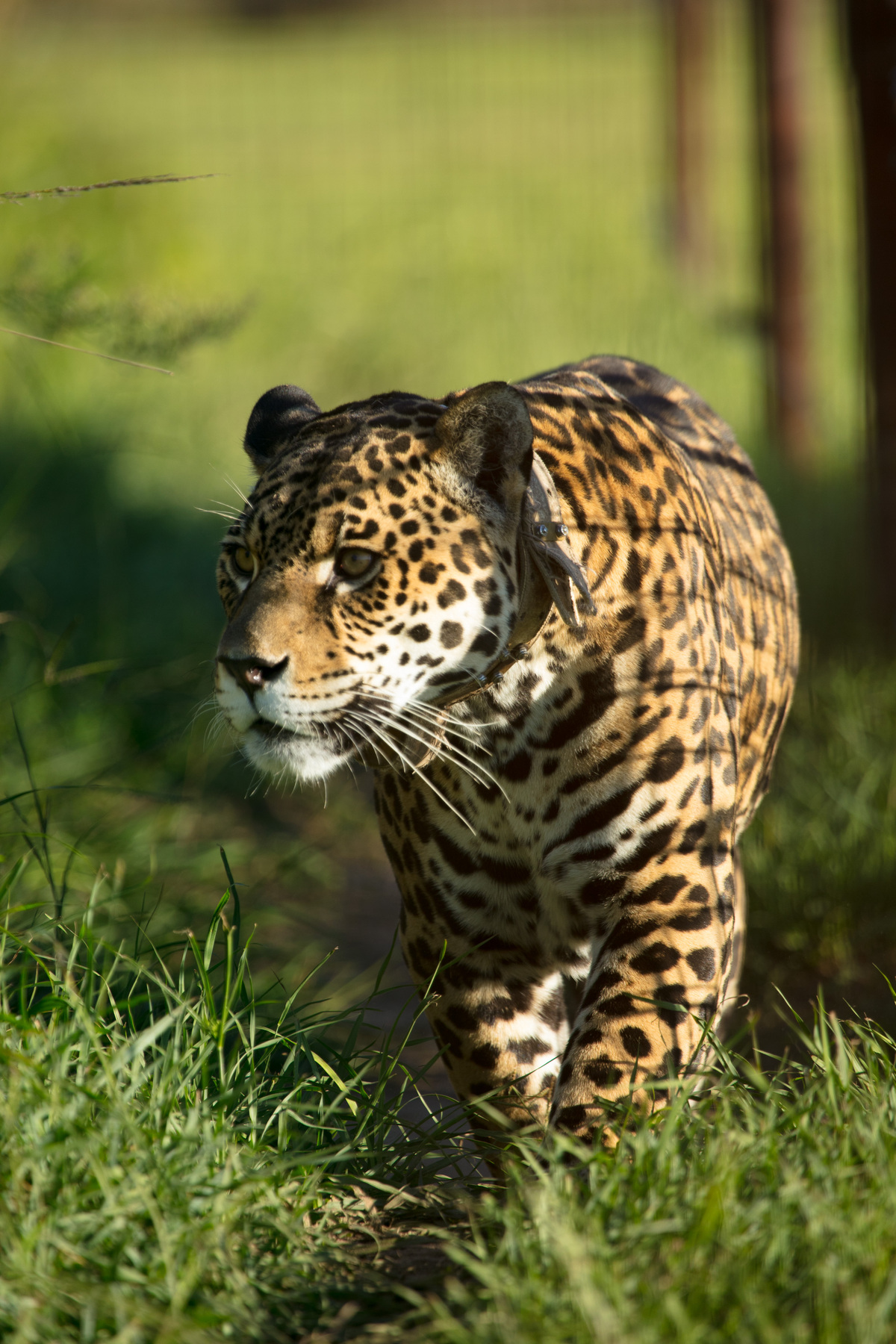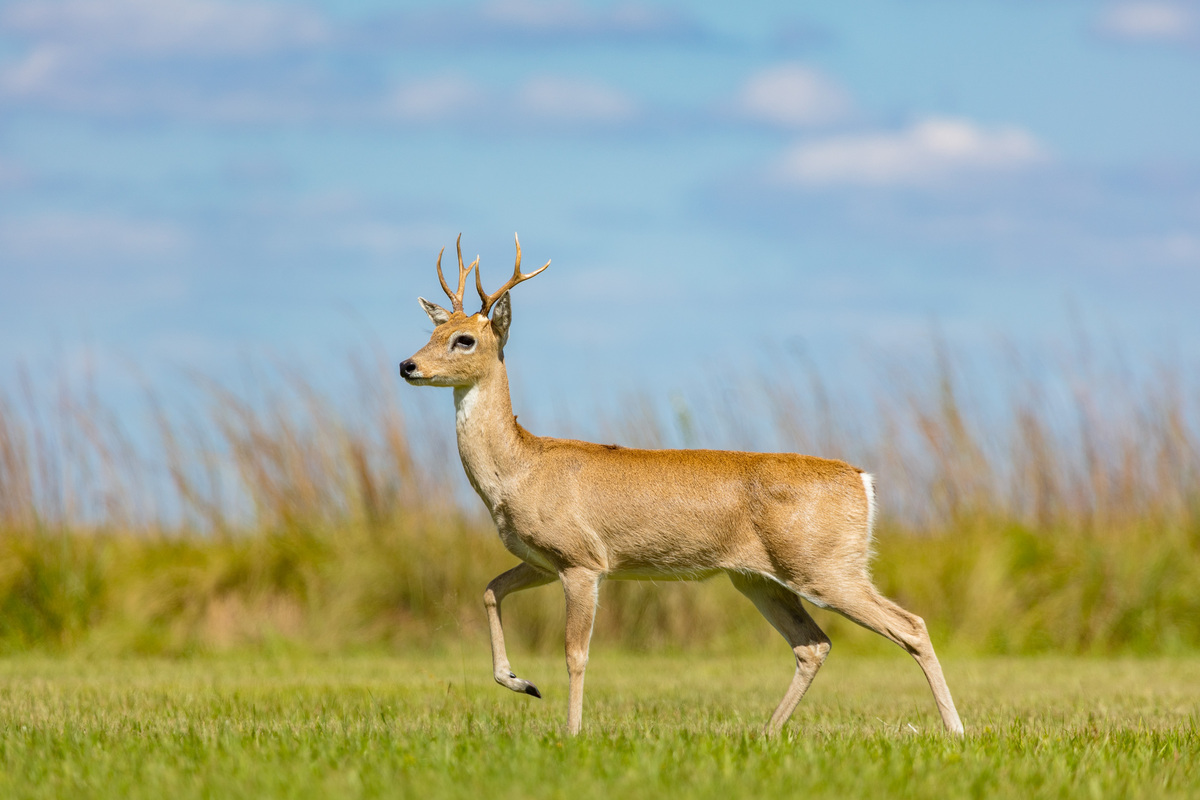Every time we want to design itineraries for travelers who love to be surrounded by nature and at the same time learn about conservation, we can think about many places in Argentina. Argentina is blessed with a great diversity of Natural Environments, where different projects of conservation are arising. One of them is Rewilding Experience Argentina. Rincon del Socorro, Estancia Ibera and Posada Uguay are the jewels of this conservation trust and we are very happy to promote them between our clients.

“Rewilding means the mass restoration of damaged ecosystems. It involves letting trees return to places that have been denuded, allowing parts of the seabed to recover from trawling and dredging, permitting rivers to flow freely again. Above all, it means bringing back missing species.”George Monbiot

Rewilding looks to recuperate the unique properties of ecosystems through the active management of its environments and native species, by accelerating the natural process of restoration, and even by reversing the extinction of key species. The objective of all their programs is to completely restore the ecosystems in protected areas located in the eco-regions of the Gran Chaco, the Patagonia steppe, the Sub-antarctic forest, the coast, the Paraná forest and the Yungas. They have a team of highly skilled and motivated people who have a wealth of experience acquired over more than fifteen years of continuous work in Argentina. Their restoration and conservation actions include the translocation of individual wild animals with the goal of reintroducing or supplementing the population of native species, managing grasslands through prescribed burns, the enrichment of degraded forests, removal of fences and the closing of unnecessary roads, control of exotic species and the removal of domestic livestock. Jaguars and pumas are the top large predators in Argentina, and both species have been persecuted by man. At Rewilding Argentina, they favor the recovery and conservation of both, while they understand that coexistence with humans depends on the development of alternative economies, like wildlife-viewing, as well as active management according to regional needs.

Kallpa understands that through travel we are able to connect people with fragile natural areas and local communities, protecting nature and encouraging local crafts & customs. Responsible tourism can create & sustain local economies, ensuring the protection ofulture and avoiding the extinction of native species.




 After a twenty minutes transfer from the hotel to Puerto Pañuelo we board a Catamaran to navigate for an hour the Nahuel Huapi Lake to get to Puerto Blest. The magnificent views of the andean mountain range. The snowed peaks, the seagulls flying around to get a cookie from the hands of travelers. The way the sun warms the mountains and sweeps its light on landscapes are a highlight in itself. A great way to experience the Patagonian history at Puerto Blest Hotel
After a twenty minutes transfer from the hotel to Puerto Pañuelo we board a Catamaran to navigate for an hour the Nahuel Huapi Lake to get to Puerto Blest. The magnificent views of the andean mountain range. The snowed peaks, the seagulls flying around to get a cookie from the hands of travelers. The way the sun warms the mountains and sweeps its light on landscapes are a highlight in itself. A great way to experience the Patagonian history at Puerto Blest Hotel We arrived at Puerto Blest and disembark. This pier located at the end of the Blest tributary of the Nahuel Huapi Lake is a spectacle in itself, At this point you can see how the green waters of the Frías River blends with the cool blue waters of Nahuel Huapi Lake resulting in a surreal view., Surrounded by a dense Valdivian rainforest that only leaves space to enjoy the quiet beach that allows us to enjoy the Blest harbor.
We arrived at Puerto Blest and disembark. This pier located at the end of the Blest tributary of the Nahuel Huapi Lake is a spectacle in itself, At this point you can see how the green waters of the Frías River blends with the cool blue waters of Nahuel Huapi Lake resulting in a surreal view., Surrounded by a dense Valdivian rainforest that only leaves space to enjoy the quiet beach that allows us to enjoy the Blest harbor.
 At the hotel´s surroundings we can enjoy various activities such as biking and hiking. There is a circuit that will take you to Los Cantaros Waterfall by doing a lovely two hours´ trekking and going up a stepped terrain of more than 800 steps bordering the cascade that begins in the Los Cantaros Lagoon, That effort is crowned visiting the “grandfather” a 1,500 years old tree. From this point we continue our trekking on this trail through the rainforest to get back to the Hotel.
At the hotel´s surroundings we can enjoy various activities such as biking and hiking. There is a circuit that will take you to Los Cantaros Waterfall by doing a lovely two hours´ trekking and going up a stepped terrain of more than 800 steps bordering the cascade that begins in the Los Cantaros Lagoon, That effort is crowned visiting the “grandfather” a 1,500 years old tree. From this point we continue our trekking on this trail through the rainforest to get back to the Hotel. A historical place where the remains of Francisco Pascasio Moreno were laid down to rest on the Centinela Island, which can be seen from the catamaran during the trip in the National Park that was founded by him..
A historical place where the remains of Francisco Pascasio Moreno were laid down to rest on the Centinela Island, which can be seen from the catamaran during the trip in the National Park that was founded by him..